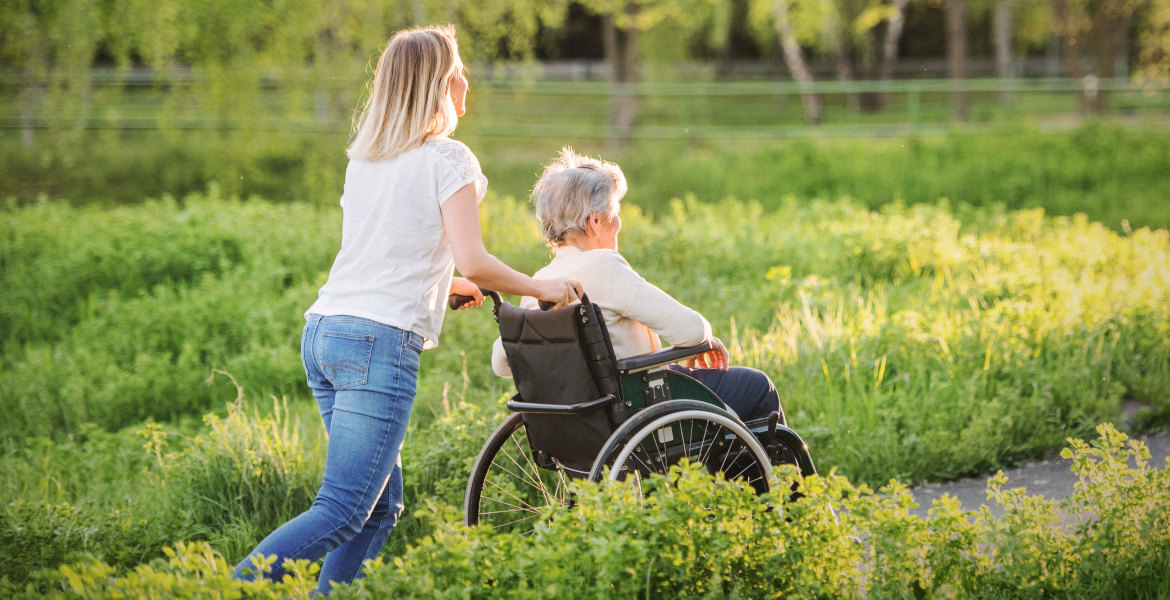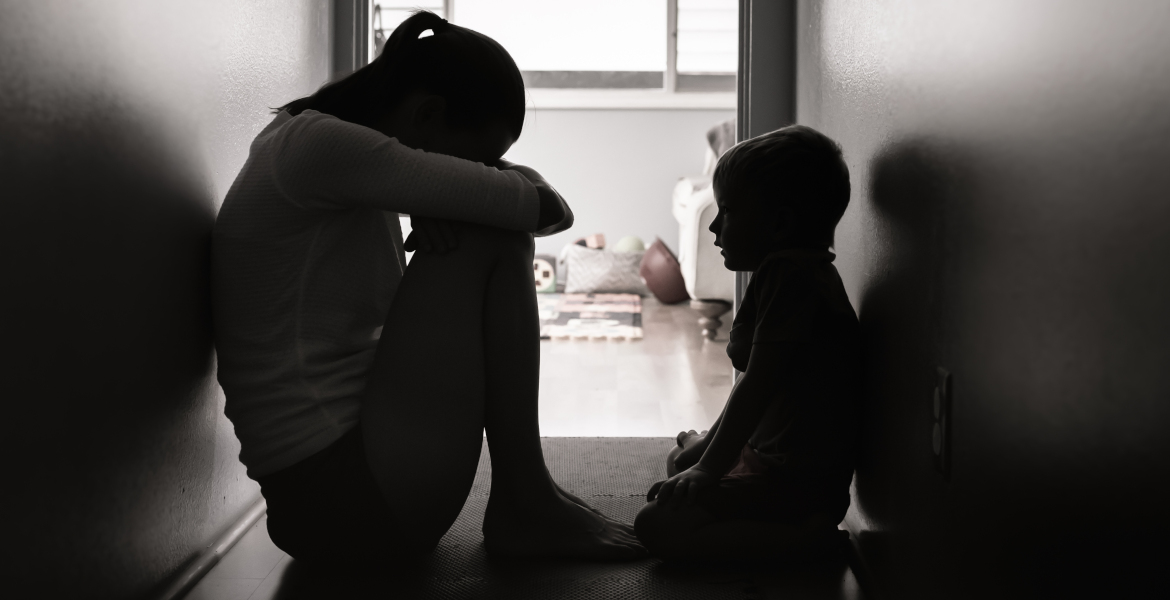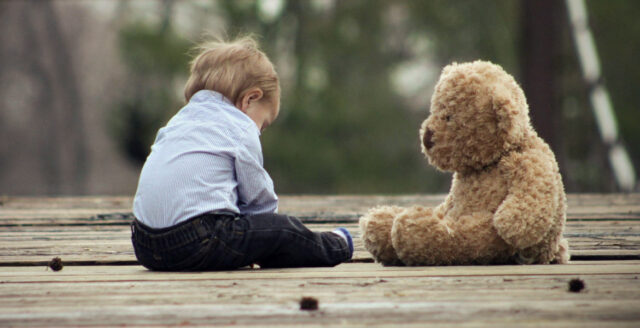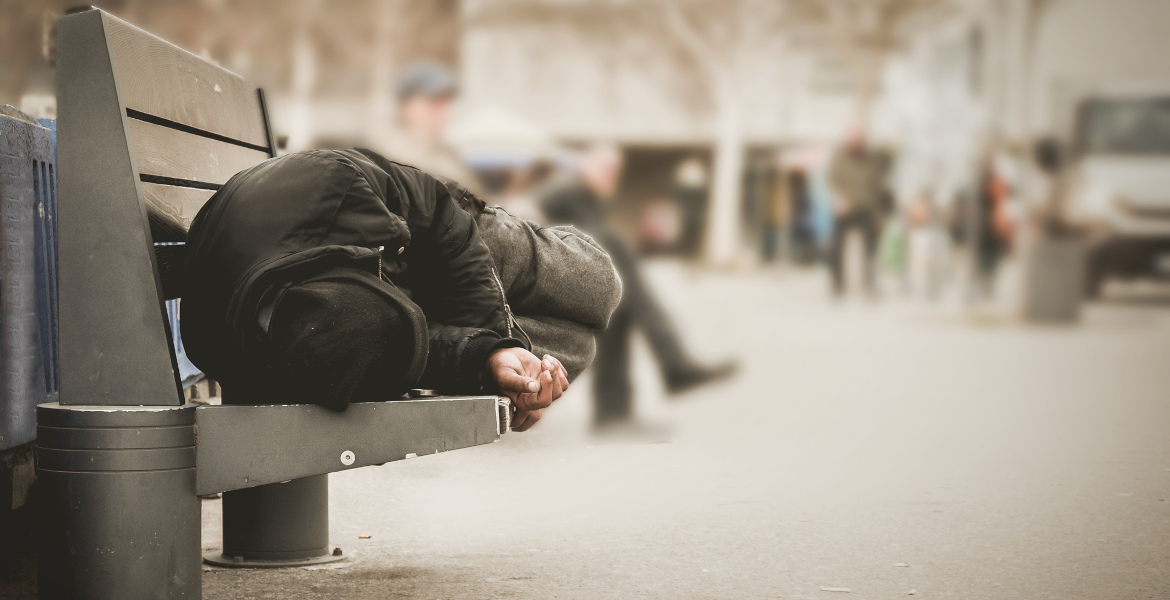An explosive debate has erupted about the future of elderly care in Finland, where pension company CEO Risto Murto argues that society will soon no longer be able to afford caring for elderly citizens – and that responsibility must therefore be transferred to families.
Several politicians reject the proposal, however, arguing that it is the welfare state's duty to care for its aging population in a dignified manner.
With the number of elderly Finns expected to increase from 600,000 to 900,000 people in just fifteen years, the country faces a demographic time bomb. Now Risto Murto, CEO of the occupational pension company Varma, has caused major controversy by declaring that Finland will not be able to afford today's public elderly care in the future.
His solution? That adult children instead take over responsibility for their aging parents.
The statement has prompted several Finnish politicians to protest, and members of parliament in the Social Affairs and Health Committee clearly oppose the proposal, reports Svenska Yle.
— We shouldn't go in that direction, says Henrik Wickström from the Swedish People's Party (a Finnish political party representing the Swedish-speaking minority) firmly.
— We must find other solutions, argues Maaret Castrén from the National Coalition Party.
Number of elderly increasing rapidly
The demographic development that worries Risto Murto is brutal in its simplicity: Fewer and fewer children are being born while the number of elderly is increasing rapidly. From today's just over 600,000 people over 75 years old, the figure is calculated to rise to approximately 900,000 in fifteen years.
But for MP Henrik Wickström, elderly care is non-negotiable.
— The major challenge is the shortage of nursing homes. We haven't managed to develop services at the pace that the population is aging, says Wickström, pointing out that elderly care is a fundamental responsibility of the welfare society.
Maaret Castrén is even sharper in her criticism:
— Future elderly care cannot depend on families taking care of their elderly. That cannot be something we work toward.
"Not all elderly have children"
The Center Party's Hanna-Leena Mattila acknowledges that the statement is understandable given the state's strained finances, but points to fundamental problems with the proposal.
— Not all elderly have children, so how can we guarantee that everyone is treated equally if responsibility is placed on the family? she asks rhetorically.
Research doctor Sarah Åkerman at Åbo Akademi University (a Finnish university) warns of the consequences of romanticizing the image of family caregiving.
— It's often demanding and involves much more than socializing over a cup of coffee, says Åkerman.
She also points out that relatives already carry a heavy burden in Finland, despite generous elderly care.
— Relatives already do a lot, and it's not obvious that adult children can take on even more responsibility.
Critics point to several serious consequences if family responsibility were to increase. Many Finns live alone and lack children. Those who have children of working age would be forced to reduce their working hours, threatening employment rates.
The risk of increased inequality is also said to be great. Some can afford to buy private help, while others are forced to sacrifice their careers.
— When my mother became ill this spring, my retired sister could help the most. The rest of us in the family are still working and couldn't help as much, relates Maaret Castrén.
Sarah Åkerman emphasizes the problem further:
— Being someone's child doesn't automatically make you a caregiver.
It becomes particularly difficult when dealing with dementia or other complicated care that requires education and professional competence that children typically lack.
"Heartbreaking when elderly feel like a burden"
Despite the resistance, politicians acknowledge that something must be done. If the state's economy continues to deteriorate, the model where families take greater responsibility could become reality, according to Risto Murto.
But alternative solutions exist. Maaret Castrén highlights community housing and home healthcare as cost-effective models. Henrik Wickström places his hope in digital technology and preventive measures. Hanna-Leena Mattila proposes a form of "elderly care leave", similar to parental leave, for those who need to care for an aging parent.
But for Mattila, the issue is about more than economics. She tells of her meetings with elderly people who are worried that society sees them as a burden.
— It's heartbreaking when elderly feel like a burden to society. We as decision-makers in social and healthcare have much to work on so that elderly care is sustainable and everyone can age safely in the future. The only solution cannot be to place more responsibility on adult children, says Hanna-Leena Mattila.





